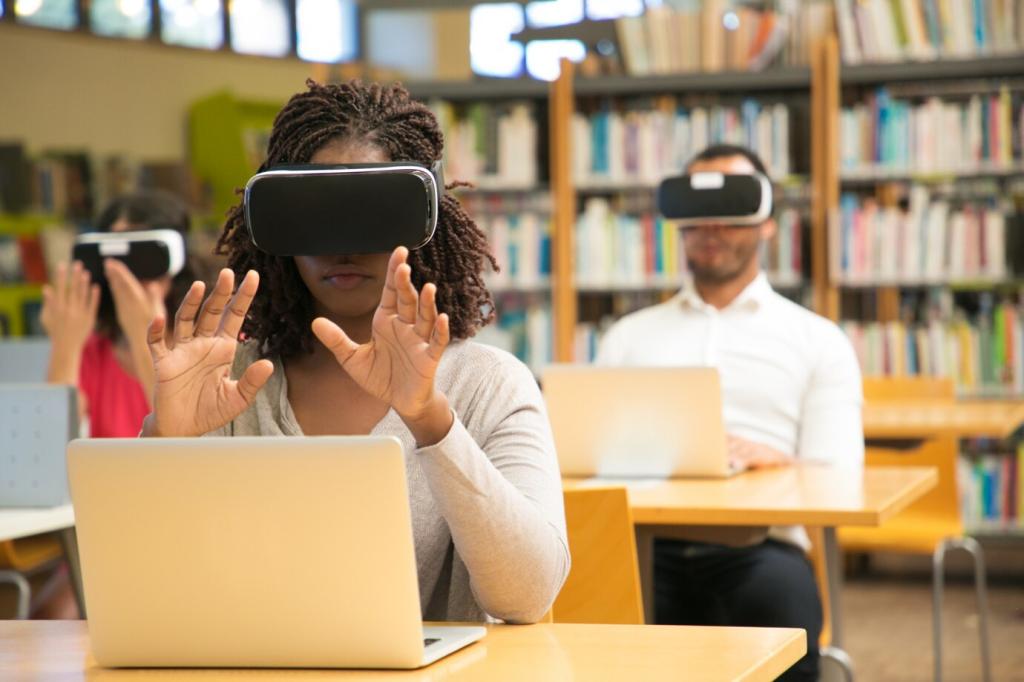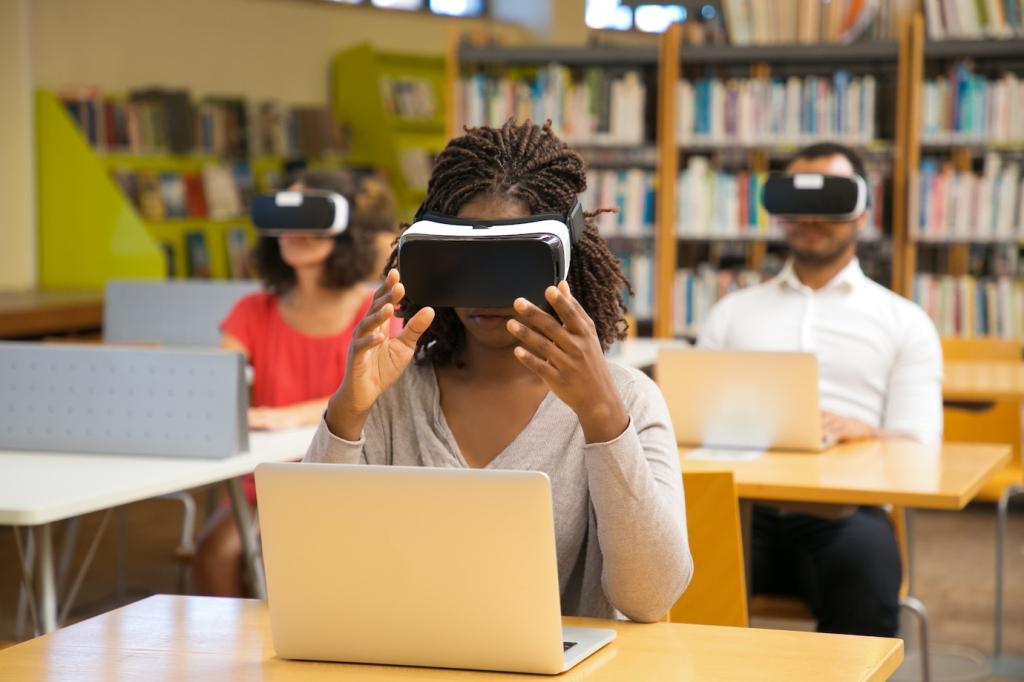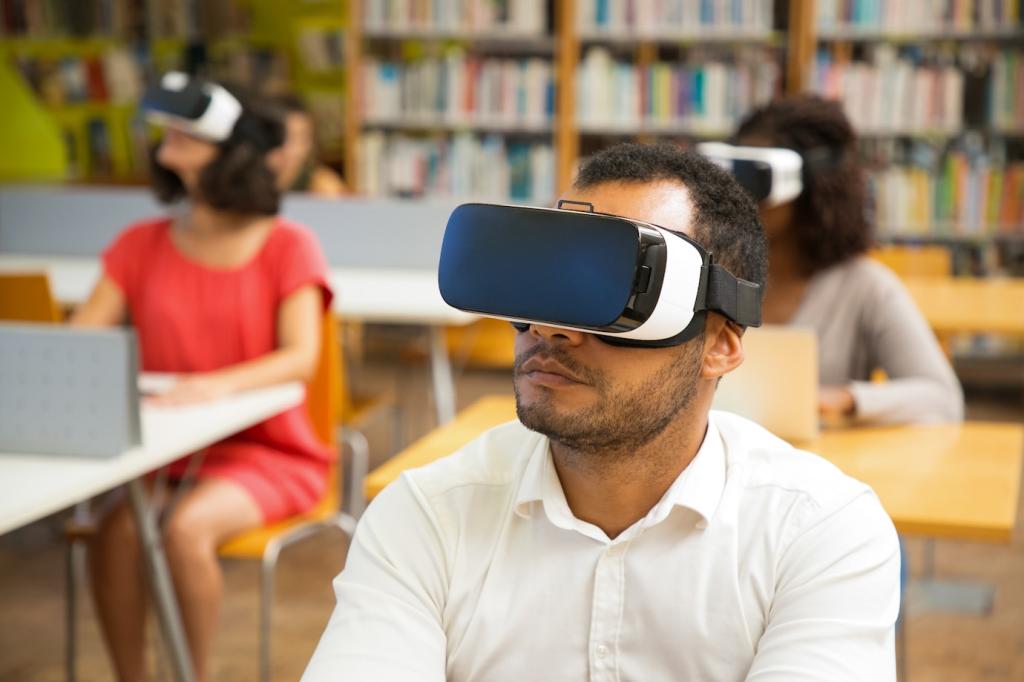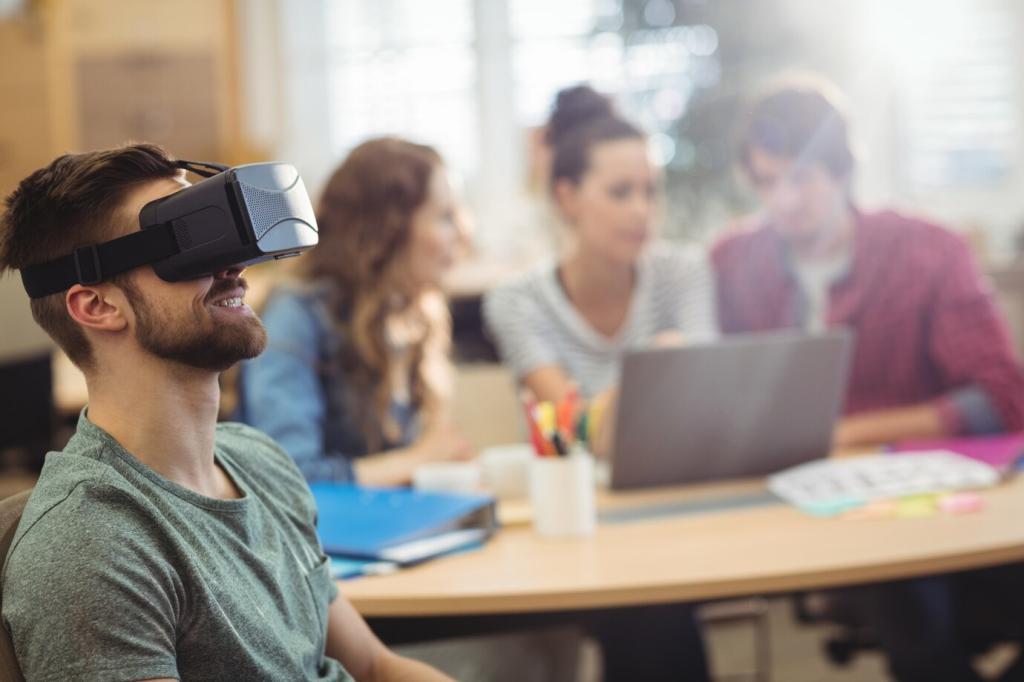This website uses cookies so that we can provide you with the best user experience possible. Cookie information is stored in your browser and performs functions such as recognising you when you return to our website and helping our team to understand which sections of the website you find most interesting and useful.
Virtual Reality as a Catalyst for Educational Change
Virtual reality (VR) stands at the forefront of technological innovation, offering remarkable opportunities to reshape the educational experience. By immersing learners in dynamic and interactive environments, VR transcends traditional methods and unlocks new dimensions of understanding. Its rapid adoption across institutions worldwide hints at a transformative shift, facilitating not only knowledge acquisition but also engagement, empathy, and collaboration. As VR technology becomes more accessible and sophisticated, it holds the potential to address diverse learning needs, bridge educational gaps, and nurture skills essential for the future. This exploration delves into the multifaceted impact of VR as a catalyst driving meaningful change within education.


Fostering Global Collaboration and Cultural Awareness

Advancing Personalized and Adaptive Learning
Customizing Content to Individual Needs
Real-Time Feedback and Learning Analytics
Supporting Differentiated Instruction


